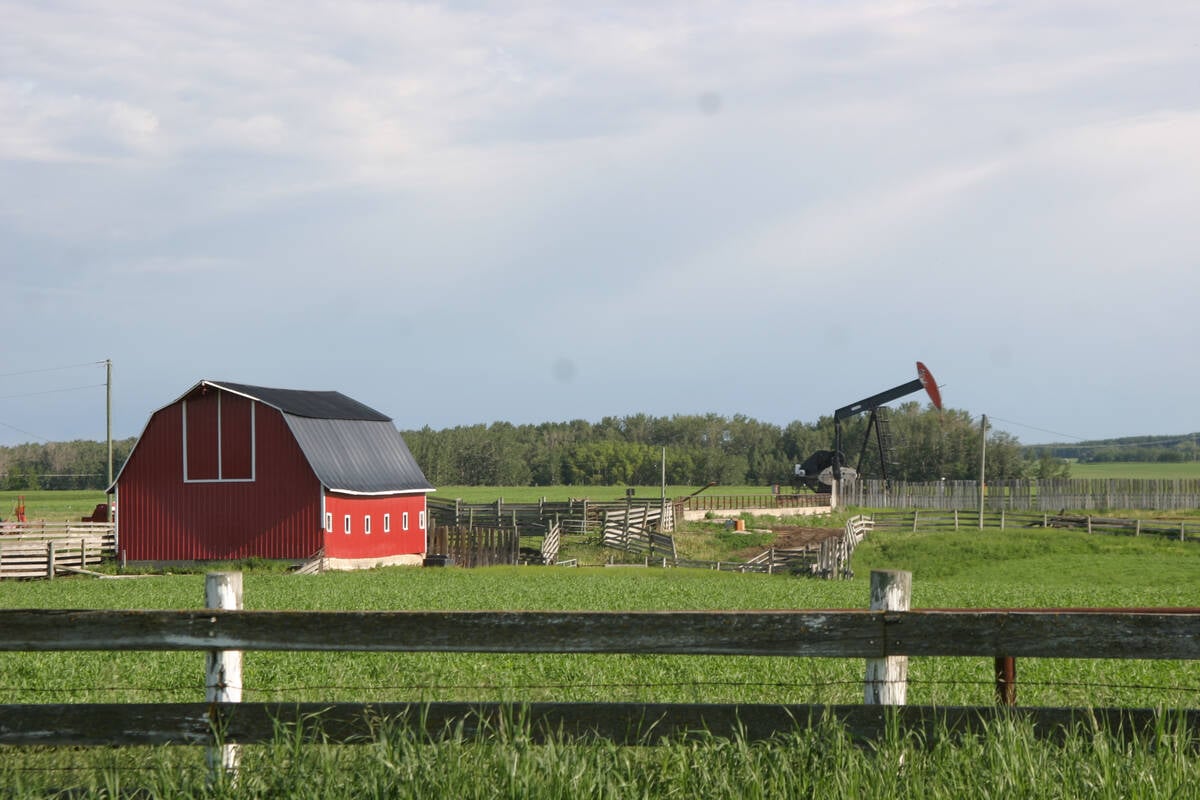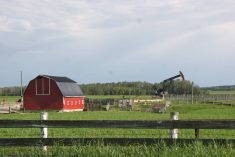TISDALE, Sask. – Provincial tariffs could be the biggest remaining impediment to Canada’s emerging biofuel industry, says an analyst.
“These interprovincial trade barriers really, really hurt Canada’s renewable energy market,” said Mike Bryan, chief executive officer of BBI International, a company that publishes biofuel magazines.
Those barriers force Canadian projects to develop business plans based on selling ethanol and biodiesel into the U.S. rather than focusing on east-west trade.
That means Canadian product will have to compete with biofuel from U.S. plants that have more lucrative tax incentives and lower input costs thanks to U.S. farm bill subsidies.
Read Also

Producers may see energy price relief in coming months
Energy prices for Prairie farmers should be steady to lower because the world has an adequate supply of crude oil and Western Canada has a surplus of natural gas.
Bryan said there are fewer restrictions to send Saskatchewan product to North Dakota than there are to Alberta.
He said it is time to harmonize interprovincial tariffs.
“That would go a long way towards helping grow the Canadian renewable energy market.”
But he realizes that starting those discussions would open a can of worms because many products are affected by those barriers.
“You can’t just extract renewable energy and close the can back up,” said Bryan.
He made the comments in an interview following a presentation he delivered at the North East Saskatchewan Ethanol Forum, a one-day event put on by the Town of Tisdale and Ensask Biofuels Ltd.
Bryan told ethanol investors that they need not worry about the threat from cellulose based ethanol because the market for renewable fuel will be so enormous it will accommodate grain ethanol, cellulose ethanol and whatever else comes along.
“It’s not a threat at all in my opinion.”
Similarly, they should not worry about declining profitability in the ethanol sector.
The days of paying off an ethanol plant in three years are long gone, but many new U.S. facilities still generate a 30 to 35 percent return on investment.
“I’ve got to tell you folks, that ain’t bad. I don’t know where you’re investing your money, but I know I’m not getting 35 percent from Charles Schwab,” said Bryan.
He noted California plants still turn a profit despite having to bring in unit trains of corn from the Midwest.
Bryan was not overly concerned when asked what will happen to the value of distillers grain when corn production catches up with demand, driving down the price of feed grain.
He said half of the U.S. beef industry now uses distillers grain, so the feed ingredient has a long way to go to reach total market penetration.
There is also new work on how to convert the ethanol byproduct into a power source through an anaerobic digestion process. That is an area the industry needs to further exploit.
“We have to become a greener industry,” said Bryan.
The biofuel sector must learn to capture its emissions and use less water. There has been some progress on those two fronts. In the industry’s early days, plants consumed 39 to 58 litres of water for every bushel of corn. That has fallen to eight to 11 litres per bu.
“That’s still too much. We need to do a better job of recycling the water,” said Bryan.















